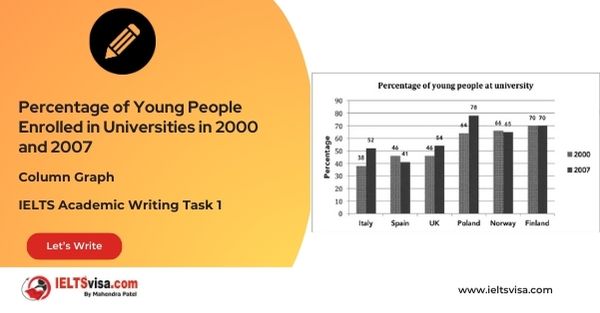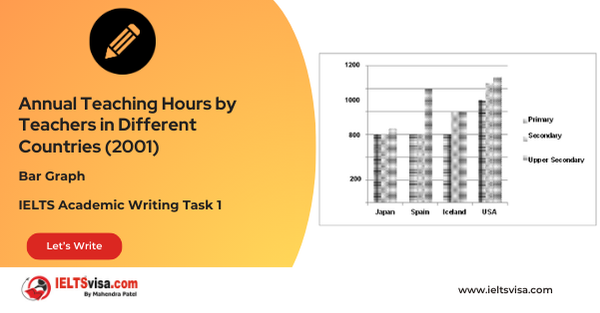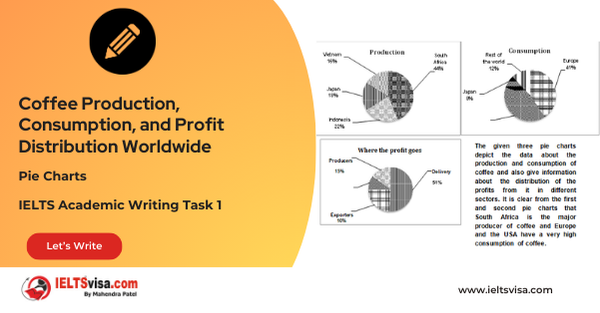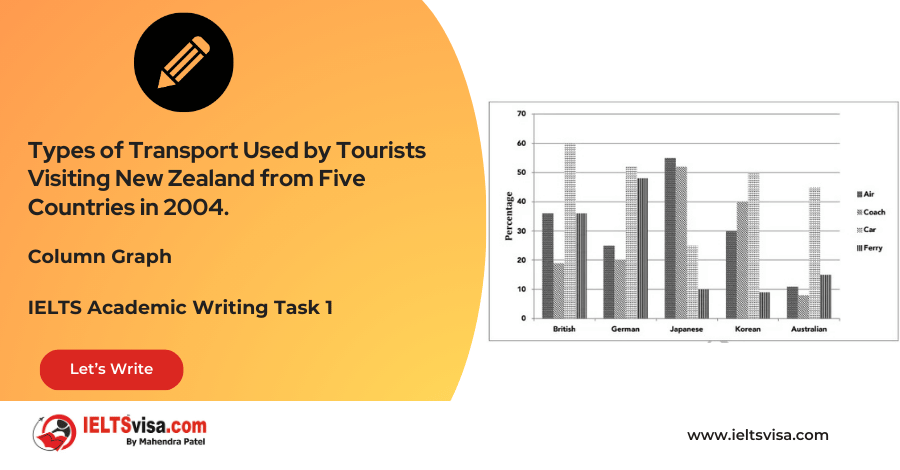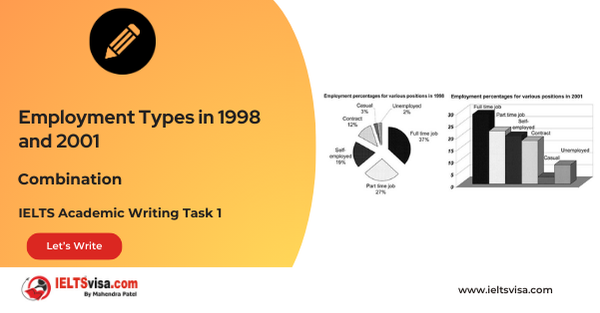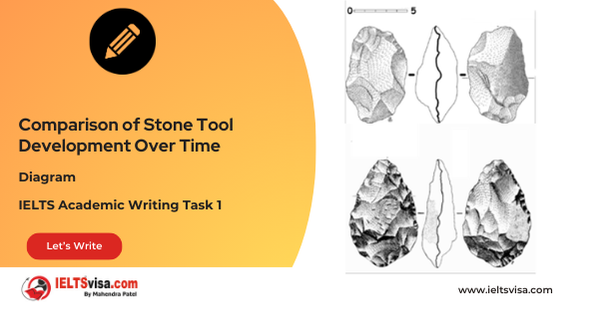Viewership of Different TV Programmes among Various Age Groups.
IELTS Academic Writing Task 1 - Pie Charts
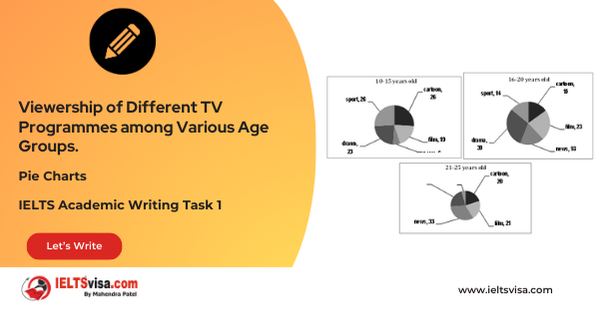
IELTS Writing Task 1 Question
The graphs below show the viewership of different TV programmes among three different age groups. Summarise the information be selecting and reporting the main features and make comparisons where relevant.
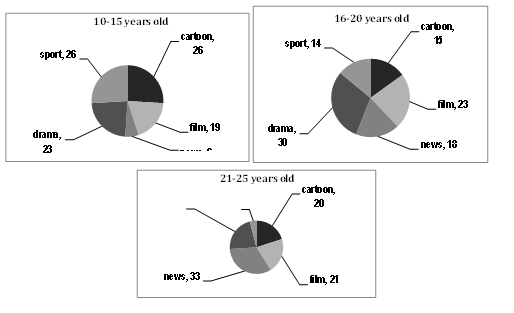
Common Questions for Diagram Data
1. Diagram Type: Pie charts.
2. Title: Viewership of Different TV Programmes among Various Age Groups.
3. What is being described?: The viewership preferences for different types of TV programmes across three age groups.
4. Where is this process happening?: Among three different age groups (10-15, 16-20, 21-25 years).
5. What is the data about?: The percentage of viewers in different age groups who watch various types of TV programmes.
6. Topic: Age-based TV programme preferences.
Comparison Showing and Trends
Age Group 10-15
- Equal preference for cartoons and sports (each around 25%), followed by drama (23%) and films (19%). Only 6% watch news.
Age Group 16-20
- Drama is most popular (30%), followed by films. Cartoons and sports are less popular than in the younger group, and news viewership is three times that of the younger group.
Age Group 21-25
- News is the most popular (33%), with a sharp increase compared to younger groups. Drama, films, and cartoons are equally popular (around 20%). Sports viewership is the lowest (4%).
Sample Answer
The given pie charts illustrate the viewership of various TV programmes among three different age groups: 10-15, 16-20, and 21-25 years.
Overall, it is evident that older age groups prefer news more strongly, while drama remains the favourite among 16-20-year-olds.
Among the 10-15 year olds, cartoons and sports are equally popular, with each attracting a little over 25% of viewers. Drama and films are less popular in this age group, and news is watched by only 6%. In contrast, the 16-20-year-olds prefer drama the most (30%), followed by films. Cartoons and sports are still popular but less so than in the younger group, while news viewership increases to 18%. The 21-25-year-olds show a significant rise in news viewership, with 33% watching news, more than double the percentage of the 16-20 age group. Drama, films, and cartoons are equally popular, but sports are least favoured.
Top 26 Vocabularies
| Vocabulary | Meaning | Synonyms | Examples | Type |
| Viewership | The number or percentage of people watching a program | Audience, viewership | “The viewership of drama increased with age.” | Noun |
| Preference | A greater liking for one alternative over another | Liking, fondness | “Cartoons were the preferred program for younger viewers.” | Noun |
| Popularity | The state of being liked, admired, or supported by many people | Favorability, desirability | “News gained popularity among the older groups.” | Noun |
| Programme | A planned series of events or shows | Show, broadcast | “Films were more popular among the 16-20 year olds.” | Noun |
| Age group | A category of people based on their age | Demographic, cohort | “Each age group has distinct TV viewing habits.” | Noun |
| Demographic | A particular section of a population | Population segment, group | “Each demographic has different TV preferences.” | Noun |
| Broadcast | A programme transmitted on TV or radio | Transmission, airing | “The news broadcast was watched by many older viewers.” | Noun/Verb |
| Trend | A general direction in which something is developing | Pattern, movement | “A trend of increasing news viewership was observed.” | Noun |
| Engagement | The level of involvement or interest in something | Participation, involvement | “Sports programmes had higher engagement among younger viewers.” | Noun |
| Appeal | The ability to attract or interest people | Attraction, charm | “Drama has a strong appeal for the 16-20-year-old group.” | Noun/Verb |
| Inclination | A person’s natural tendency to act or feel in a certain way | Tendency, preference | “Younger viewers showed a stronger inclination towards cartoons.” | Noun |
| Segment | A portion or section of a whole | Division, category | “Each age segment showed unique TV viewing preferences.” | Noun |
| Dominance | The state of being the most influential or popular | Supremacy, prevalence | “Drama showed dominance in the 16-20 age category.” | Noun |
| Proportion | A part of a whole in relation to other parts | Percentage, ratio | “The proportion of news viewers increased with age.” | Noun |
| Inclined | Likely to have a preference for something | Prone, disposed | “Older viewers were more inclined to watch news than cartoons.” | Adjective |
| Genre | A category of artistic or entertainment work | Type, category | “Each age group preferred a different TV genre.” | Noun |
| Distribution | The way something is shared or spread out | Allocation, division | “The distribution of TV preferences varied across age groups.” | Noun |
| Shift | A change in position or preference | Change, transition | “There was a shift towards news viewership in the older groups.” | Noun/Verb |
| Variation | A difference or change | Disparity, fluctuation | “A variation in preferences was noted across different age groups.” | Noun |
| Prolific | Producing in large quantities or frequently | Abundant, widespread | “Drama was the most prolific genre among teenagers.” | Adjective |
| Favoured | Preferred or liked more | Preferred, chosen | “Cartoons were the most favoured programme among younger viewers.” | Adjective |
| Consumption | The act of using or engaging with media content | Usage, engagement | “TV programme consumption patterns varied by age group.” | Noun |
| Fluctuation | Irregular rising and falling in number or amount | Variation, instability | “There was a fluctuation in the popularity of sports programmes.” | Noun |
| Prevalent | Widespread in a particular area or group | Common, frequent | “News became more prevalent among older viewers.” | Adjective |
| Adolescents | Young people in their teenage years | Teenagers, youths | “Adolescents preferred watching drama over news.” | Noun |
| Viewing habits | Patterns of watching TV or consuming content | Watching preferences | “Each age group demonstrated distinct viewing habits.” | Noun phrase |

Our Books
Master IELTS Speaking Part 1
IELTS Writing Task 1 Book
IELTS Writing Task 2 Book
Writing Task 1 Question Types
Practice IELTS Other Modules
IELTS Listening
The IELTS Listening test assesses how well you can understand spoken English in various contexts. It lasts about 30 minutes and is divided into four sections with a total of 40 questions. The listening tasks become increasingly difficult as the test progresses.
IELTS Academic Reading
The IELTS Academic Reading section assesses your ability to understand and interpret a variety of texts in academic settings. It is designed to evaluate a range of reading skills, including skimming for gist, reading for main ideas, reading for detail, understanding inferences, and recognizing a writer's opinions and arguments.
IELTS Speaking
The IELTS Speaking test assesses your ability to communicate in English on everyday topics. It lasts 11-14 minutes and consists of three parts: introduction, cue card, and a discussion based on the cue card topic.
IELTS General Reading
IELTS General Reading tests your ability to understand and interpret various types of texts. Here are some key areas and types of content you can expect to encounter in the reading section, along with tips for effective preparation.
IELTS Academic Writing Task 1
In IELTS Academic Writing Task 1, you are presented with a visual representation of information, such as graphs, charts, tables, or diagrams, and you are required to summarize, compare, or explain the data in your own words.
IELTS General Writing Task 1
In IELTS General Writing Task 1, you are required to write a letter based on a given situation. The letter can be formal, semi-formal, or informal, depending on the prompt. Here’s a breakdown of the key components to include in your letter
IELTS Academic Writing Task 2
In IELTS Academic Writing Task 2, you are required to write an essay in response to a question or topic. Here’s a guide to help you understand the essential elements of this task
IELTS Exam Tips
To succeed in the IELTS exam, practice regularly, familiarize yourself with the test format, improve your vocabulary, develop time management skills, and take mock tests to build confidence.
Grammer for IELTS
Grammar is the foundation of effective communication in English. Understanding tense usage, subject-verb agreement, and sentence structure enhances clarity and coherence in writing and speaking.
Vocabulary for IELTS
Vocabulary plays a crucial role in the IELTS (International English Language Testing System) exam, especially in the Speaking and Writing sections. Here’s an overview of why vocabulary is important and how it impacts your performance
RECENT IELTS SAMPLES QUESTIONS AND ANSWERS
Task 1 – Column graph – Percentage of Young People Enrolled in Universities in 2000 and 2007.
20:00 Start Pause Stop [df_adh_heading title_infix="IELTS Writing Task 1 Question" use_divider="on"...
Task 1 – Bar Graph – Annual Teaching Hours by Teachers in Different Countries (2001)
20:00 Start Pause Stop [df_adh_heading title_infix="IELTS Writing Task 1 Question" use_divider="on"...
Task 1 – Pie Charts – Coffee Production, Consumption, and Profit Distribution Worldwide
20:00 Start Pause Stop [df_adh_heading title_infix="IELTS Writing Task 1 Question" use_divider="on"...
Task 1 – Column graph – Types of Transport Used by Tourists Visiting New Zealand from Five Countries in 2004.
20:00 Start Pause Stop [df_adh_heading title_infix="IELTS Writing Task 1 Question" use_divider="on"...
Task 1 – Bar and Pie Chart Combination – Employment Types in 1998 and 2001
20:00 Start Pause Stop [df_adh_heading title_infix="IELTS Writing Task 1 Question" use_divider="on"...
Task 1 – Diagram – Comparison of Stone Tool Development Over Time
20:00 Start Pause Stop [df_adh_heading title_infix="IELTS Writing Task 1 Question" use_divider="on"...

